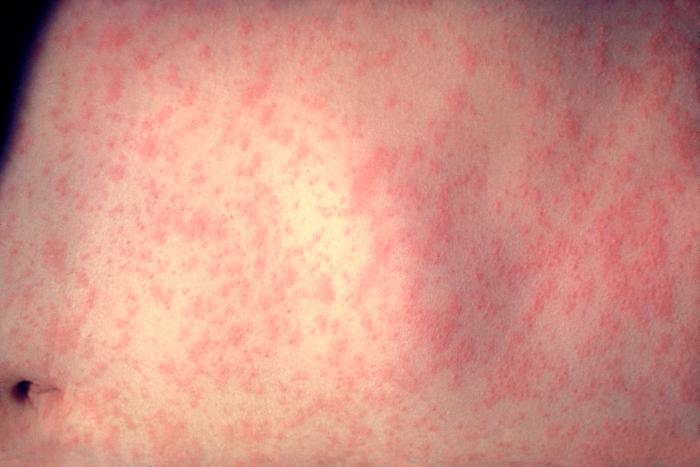
Modern medicine and data analysis has gifted us better public health and awareness. Ailments like smallpox that plagued the days of old and claimed lives are no longer around (except in research labs). But we’re facing a measles crisis because important data is going unheard.
Despite proven medical data, fake news and misinformation continue to wreak havoc on public health. People are actively choosing not to believe the science behind vaccines and consequently endangering others. The anti-vaxx movement is one based on fraud and is still gaining an audience. But why do people believe these lies? Why do people doubt real data at all in favor of fake news? People judge the validity “facts” that depending on their convictions and will naturally gravitate towards something that supports their beliefs.
We don’t have a solution to combat fake data, but we’re seeing better ways to approach cognitive bias in hopes of reigning in impressionable people. The truth is, data alone isn’t enough to convince a large audience. You need a data story to compel people’s choices and perspectives.
The comeback
We’ve highlighted before how ignoring data threatens patient health and it’s especially catastrophic with infectious diseases. Vaccine refusal is just one the contributors to outbreaks and data shows the growing need for better communication. And data shows the growing need for better funding as well.
Despite the fact that there is no scientifically data-backed, peer-reviewed evidence that vaccines are more dangerous than the actual viruses they prevent, parents continue to refuse vaccinations. The resurgence of a previously waning diseases is now growing and able to kill people while cost millions in federal and private health care.
Real, factual data
What is measles exactly? Measles is an infectious respiratory disease with symptoms like fever, rash, and diarrhea and even lead to pneumonia, brain damage, deafness, or death. Children are most at risk, but anyone (unvaccinated, immunocompromised, etc) can contract it. Decades ago, before the advent of the vaccine, measles infected thousands and killed hundreds.

Most outbreaks occurred in unvaccinated communities or high-traffic areas (like amusement parks) where an infected person exposes the virus to hundreds of people at a time. There is a correlation between states that allow non-medical reasons to refuse vaccines and the number of outbreaks in children. The medical progress we’ve made is regressing as infection rates spike around the world. Others parents are outraged as policy makers and politicians remain inactive about protecting students against unvaccinated children who threaten immunized children too. Measles aren’t the only virus making a comeback either. And if we can’t assert factual data to an audience, then more dangerous trends will appear.
Unlike most other viruses, the measles virus is so contagious that it’s the only virus that lives in the air for up to 2 hours. Anyone with measles will easily pass on the virus to 90% of unimmunized people around them. Complete eradication is possible, too. Smallpox was successfully eradicated in 1979 in the US and modern health programs have increased immunization coverage of children all around the world. And yet, a certain belief has unleashed the dangers of measles when it’s completely preventable. The data begs the question, how do you convince anyone?
How do you get people to believe real data?
It’s difficult going up against strong convictions and feelings. And we can’t (and shouldn’t) rely on consequences to prove a point. While some may change their minds on their own, others need more. Translate the data into a narrative that establishes trust and credibility.
If you or anyone you know has symptoms of measles or other serious infections, contact a health professional. For more information and resources, visit the CDC or WHO online.
